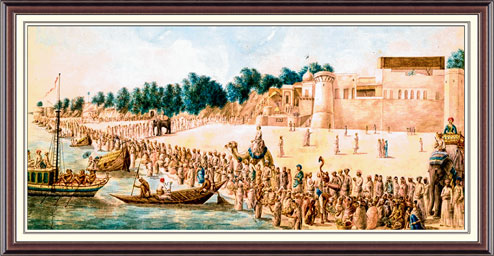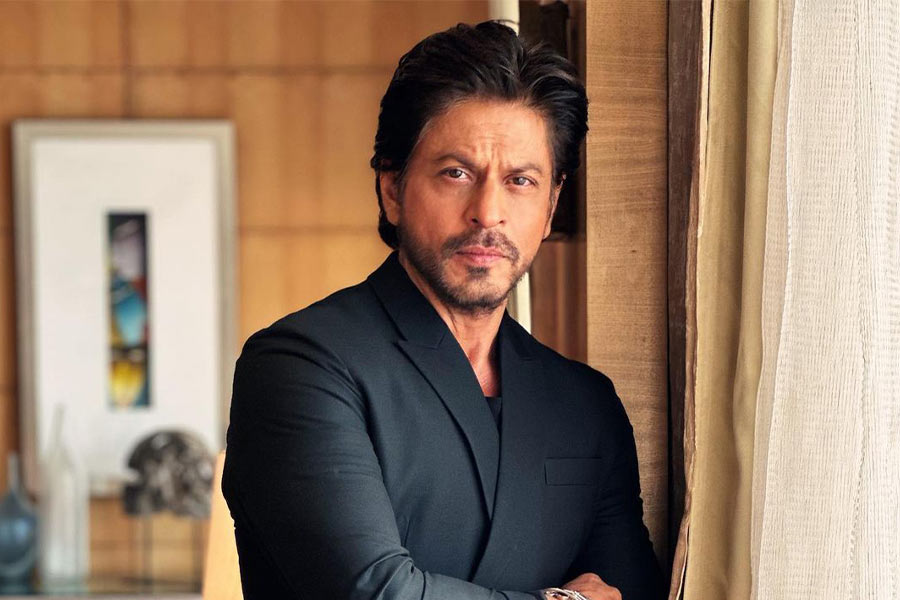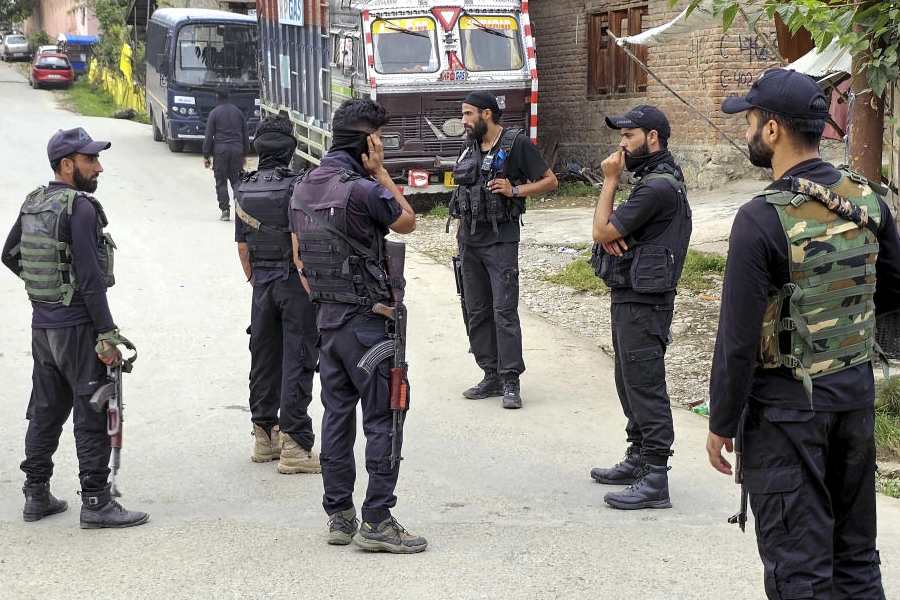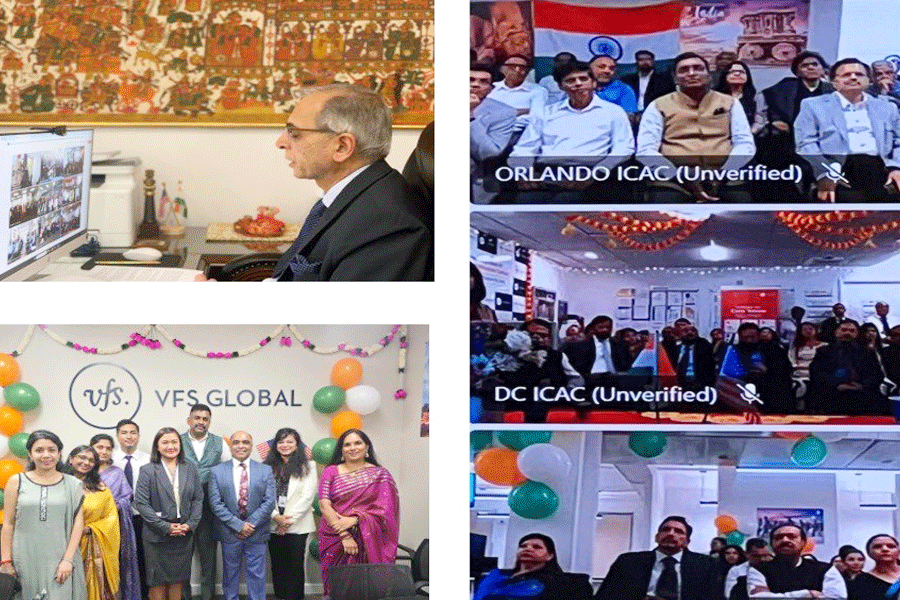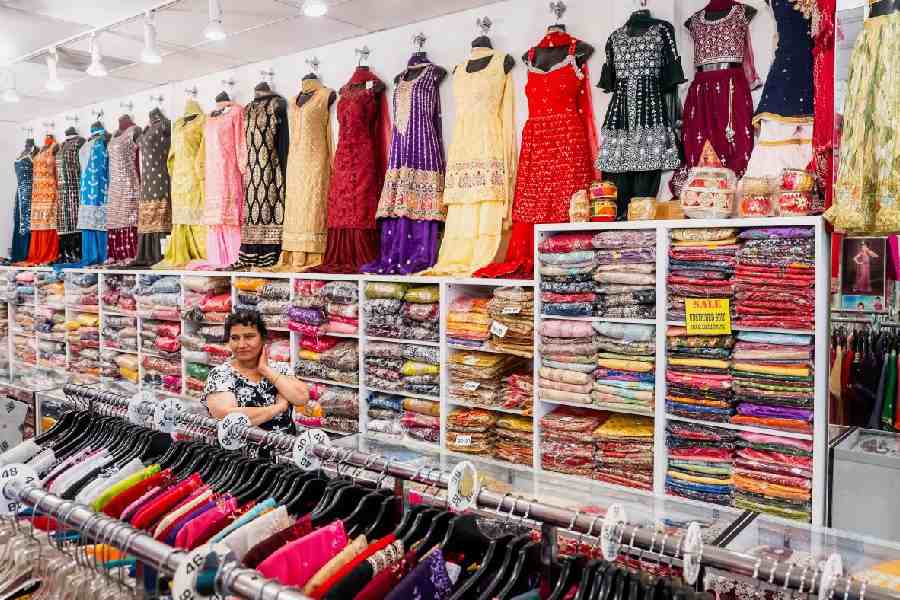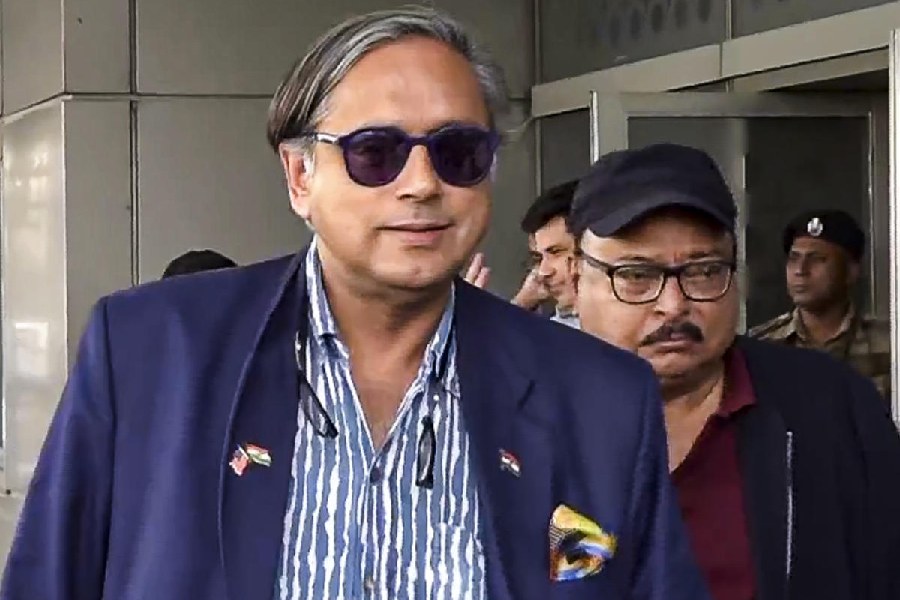
Chhath, in recent years, has become the festival of Bihar, like what Durga Puja is to Bengal. Streets are never so clean and traffic never so organised. Bihar metamorphoses into an ideal civil state. Even the government machinery starts acting. Ghats are cleaned and facilities for public convenience are created. The media and markets get drowned in the frenzy.
The entire state turns vegetarian, to the extent that even onion and garlic are not touched. Liquor shops shut down. People from Bihar working in other states come back home to celebrate. Indian Railways runs special trains to contain the rush of inbound traffic. Loudspeakers blare out songs in praise of the Sun God and Chhathi maiya.
The advent of the age of communication has led to marketing of festivals, including Chhath. The government of Bihar’s tourism department issues advertisements to woo visitors from other states to come and experience Chhath in Bihar. Markets are full of special Chhath offers and restaurants prepare special Chhath vegetarian dishes.
This festival is dedicated to the Sun God and is performed on the fifth, sixth, and seventh day of Shukla Paksha in the month of Kartik. Sun, the eternal source of energy and life force on Earth, has been worshipped in every culture and every age. Sunrays generate Vitamin D in our body. People believe that it cures diseases, particularly skin diseases. Hence, we find Sun temples across India. In Bihar, too, there is an ancient temple dedicated to the Sun God at Deo in the old Shahabad district (now Aurangabad). Statues of the Sun God have been found in northeastern Bihar (Mithila) at several sites during excavations for ponds and wells.
The rituals are non-Vedic. No mantras are recited. But since Sun worship is mentioned even in the Vedas, it may be accepted as the origin. Later on, the Vedic Sun-worship rituals might have got replaced with those developed or practised by people from non-Vedic groups or people who were not allowed to perform Vedic rituals.

There are two legends explaining the origin of Chhath Puja. According to one, Draupadi started it during the Pandavas’ vanvas (exile). But according to another legend, Rishi Shaunak, who lived in the forests of Naimisharanya, asked Rishi Sut, a great scholar of the Shastras and Vedas, “What is the way out for people of this world who suffer from many woes? Some suffer from diseases, some die young, some do not have children.... How can their worries be cured?” Sut replied: “In the ancient times this question was posed to Rishi Pulastya by Satyabrati Bhisma. I will tell you the story that Rishi Pulastya narrated to Bhisma.” The story, according to Sut, goes thus: Once upon a time, there was a very cruel Kshatriya king. Because of the sins he had committed in his previous birth, he got afflicted with leprosy and tuberculosis. The pain and suffering he was undergoing, made him think death would be a relief.
Around that time, a Brahman, a scholar in the true sense, arrived in his capital just when he was setting off on a pilgrimage. The king was pleased to see the wise man and received him with great enthusiasm. He sought from him a remedy for his woes as also relief for people who could not have children or were ill. The Brahman thought of the Sun, which cures all diseases and destroys evils and sins. He told the king that they should observe a fast and perform vrata (vow) for the Sun, describing in detail the procedure of this vrata called “Chhatha” or “Pratihar Shasthi”. They all performed the vrata and were cured of their woes.
According to some other, but not so popular, legends, even Lord Ram and Sita had performed Chhath during their vanvas. Karna, the legendary warrior from the Mahabharat, is known to have performed Chhath.
Rituals practised during Chhath these days are as follows: On the first day (Panchami), the person who has to perform the puja observes ekbhukta (takes only one meal on the day). Pudding is cooked using jaggery (gur), which is then offered in puja to Shashthika Devi and then distributed among the people.
In the evening of the next day (Shasthi), offerings are made to the Sun God and to Shashthika Devi — the mother Goddess who takes care of the children — facing West, while standing in water. A triangular bamboo vessel having aripan of Shashthika Devi and made of pitthar (rice) and vermilion is used for making the offerings. This vessel (konia) contains a turmeric plant, sugarcane, coconut, aarat, five betel nuts, home made sweets, banana, sweet potato, suthni, brinjal, roots, akshat (uncooked rice), and betel leaves. All these are offered. Naivedya (the prasad offered to the god) consists of sweets, banana milk in a patil with four lamps (deep).
There are also some earthen plates (sarva) washed with a paste made of rice (pitthar) and vermilion sprinkled on them, containing home-made sweets, betel leaf, betel nuts, sugar cane, and uncooked rice (akshat). This plate is called koshia. There is also an elephant made of mud and baked in fire, having a lamp on its forehead. The story of this festival is recited and a few germinated gram seeds (abjyru) are spread over the place near the pond or the river, where the arghya is offered. The person performing the puja has to observe the fast on the second day (Shasthi). At dawn the next day, the entire process of the previous day is repeated, but this time facing East, facing the rising Sun. The offerings are distributed among the people as prasad.
Classical texts say people in the Terai region (on the foothills of the Himalayas) of Nepal and Mithila (northeastern Bihar) observed Chhath. But a watercolour painting by an anonymous painter in circa 1795-1800 depicts the colourful festival of Chhath being celebrated by people on the banks of the Ganga in Patna, and the Sun Temple at Deo in old Shahabad district does suggest that Chhath was celebrated in the Magadh region too.
Till a few years ago, Chhath was observed in Bihar, eastern Uttar Pradesh and the Terai region of Nepal but now we find it being celebrated enthusiastically all over India.
Chhath, in many ways, is a unifying festival that celebrates the idea of India.

